
What is a Venn Diagram and How Do You Make One in Visme Visual
Prokaryotic and eukaryotic cells are the basic units of life on Earth. The basic distinction between prokaryotes and eukaryotes is that prokaryotes lack a membrane-bound nucleus and organelles. Instead, genetic material and processes occur within prokaryotic cytoplasm.
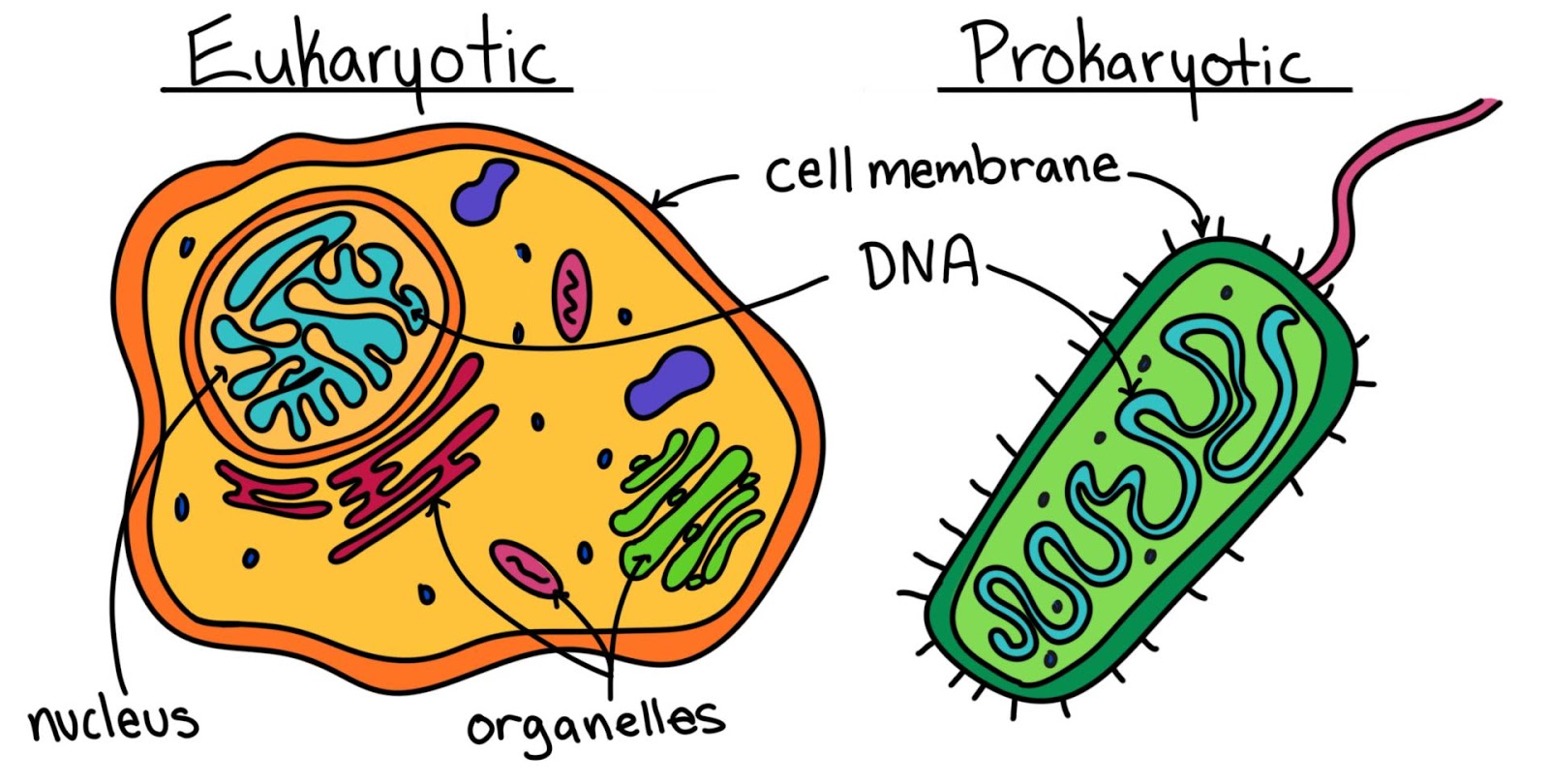
Bilingual Year 6 What are the different type of cells?
A prokaryotic cell is a simple, single-celled (unicellular) organism that lacks a nucleus, or any other membrane-bound organelle. We will shortly come to see that this is significantly different in eukaryotes. Prokaryotic DNA is found in the central part of the cell: a darkened region called the nucleoid ( Figure 3.5 ).
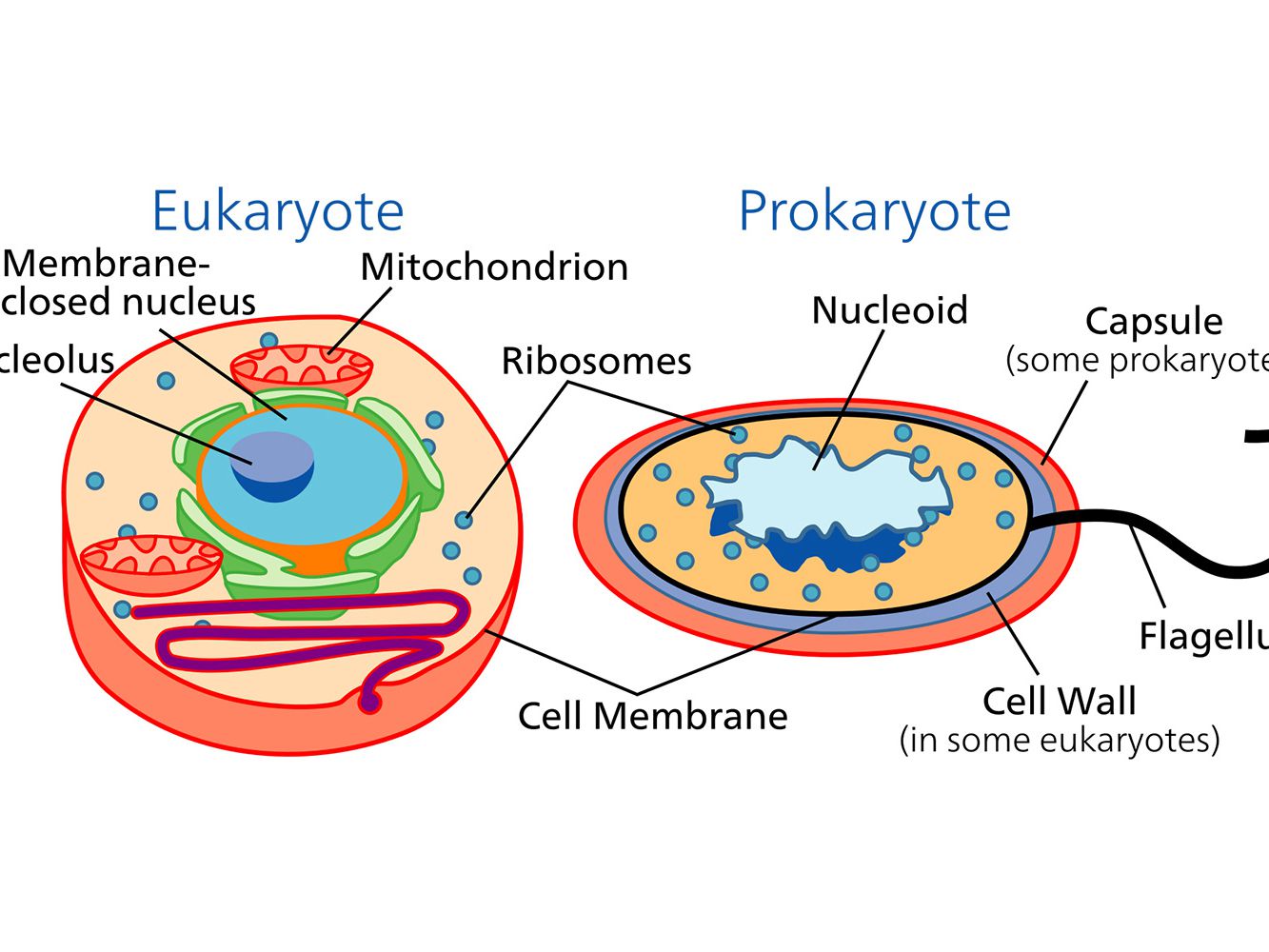
Defination of Eukaryotic vs Prokaryotic study science
Prokaryotic cells. Prokaryotic cells are extremely small, much smaller than eukaryotic cells. A typical prokaryotic cell is of a size ranging from 0.1 microns (mycoplasma bacteria) to 5.0 microns.1 micron or micrometer, μ m \mu m μ m, is one-thousandth of a millimeter or one-millionth of a meter. Anywhere from 200 to 10,000 prokaryotic cells could fit on the head of a pin.
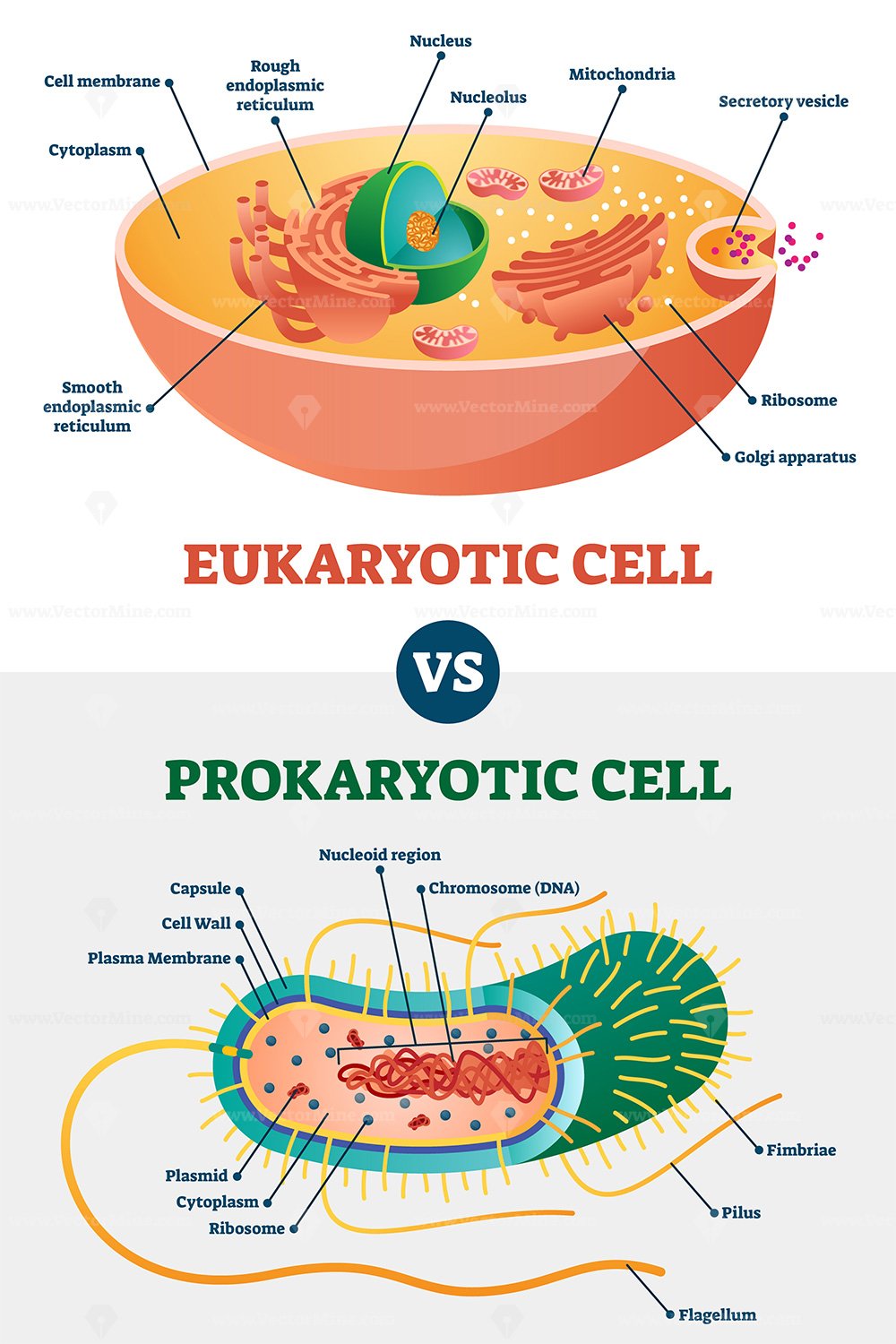
Eukaryotic vs Prokaryotic cells, educational biology vector
Since the prokaryotic and eukaryotic cells Venn diagram is a basic two circle Venn diagram, it can provide enough information. However, it is necessary to be careful with the kind of information you're inserting. The given diagram talks about the characteristics of prokaryotes and eukaryotes.
venn diagram prokaryotic and eukaryotic cells Masaka
Biology Article Prokaryotic And Eukaryotic Cells Difference between Prokaryotic and Eukaryotic Cells Introduction: Prokaryotes And Eukaryotes Biotic components of the environment include all forms of life from minute bacteria to towering giant Sequoias.
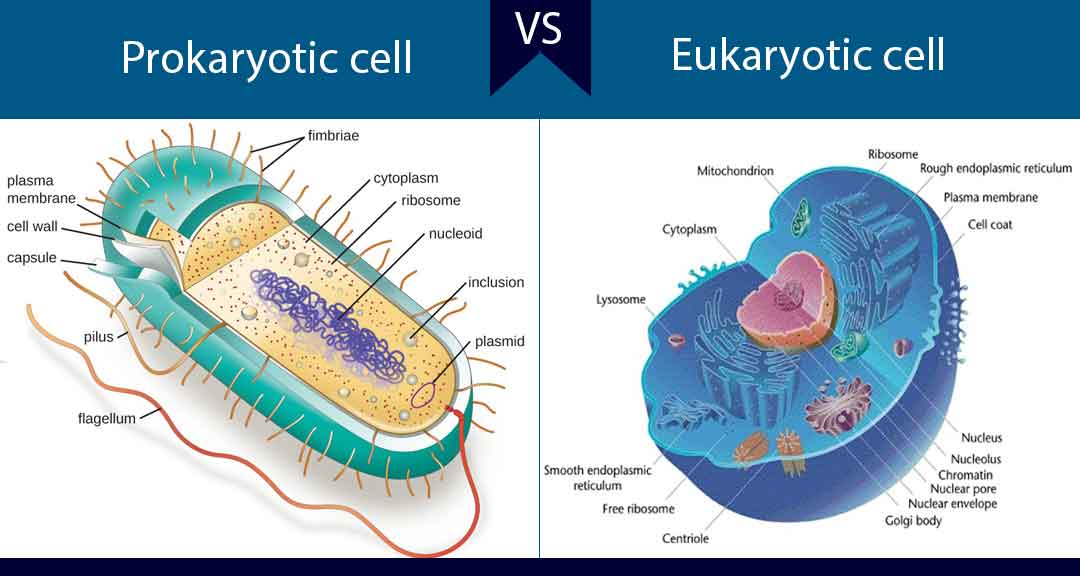
Differences between Prokaryotic and Eukaryotic Cells
At 0.1-5.0 μm in diameter, prokaryotic cells are significantly smaller than eukaryotic cells, which have diameters ranging from 10-100 μm ( Figure 5.2.3 5.2. 3 ). The small size of prokaryotes allows ions and organic molecules that enter them to quickly spread to other parts of the cell.

What are the differences between prokaryotic and eukaryotic cells
At 0.1-5.0 µm in diameter, prokaryotic cells are significantly smaller than eukaryotic cells, which have diameters ranging from 10-100 µm (Figure 3.2.2 3.2. 2 ). The small size of prokaryotes allows ions and organic molecules that enter them to quickly spread to other parts of the cell. Similarly, any wastes produced within a prokaryotic.

Prokaryotic and Eukaryotic Cells Venn Diagram Biology Pinterest
Eukarya The organisms in Archaea and Bacteria are prokaryotes, while the organisms in Eukarya have eukaryotic cells. The Archaea domain has subcategories, but scientific sources differ on whether these categories are phyla or kingdoms. They are: Crenarchaeota Euryarchaeota Korarchaeota

Prokaryotic and Eukaryotic Cells CK12 Foundation
Two Types of Cells. There is another basic cell structure that is present in many but not all living cells: the nucleus. The nucleus of a cell is a structure in the cytoplasm that is surrounded by a membrane (the nuclear membrane) and contains, and protects, most of the cell's DNA. Based on whether they have a nucleus, there are two basic types of cells: prokaryotic cells and eukaryotic cells.
Prokaryotic Cells Vs Eukaryotic Cells Venn Diagram General Wiring Diagram
Key points: Prokaryotes are single-celled organisms belonging to the domains Bacteria and Archaea. Prokaryotic cells are much smaller than eukaryotic cells, have no nucleus, and lack organelles. All prokaryotic cells are encased by a cell wall. Many also have a capsule or slime layer made of polysaccharide.
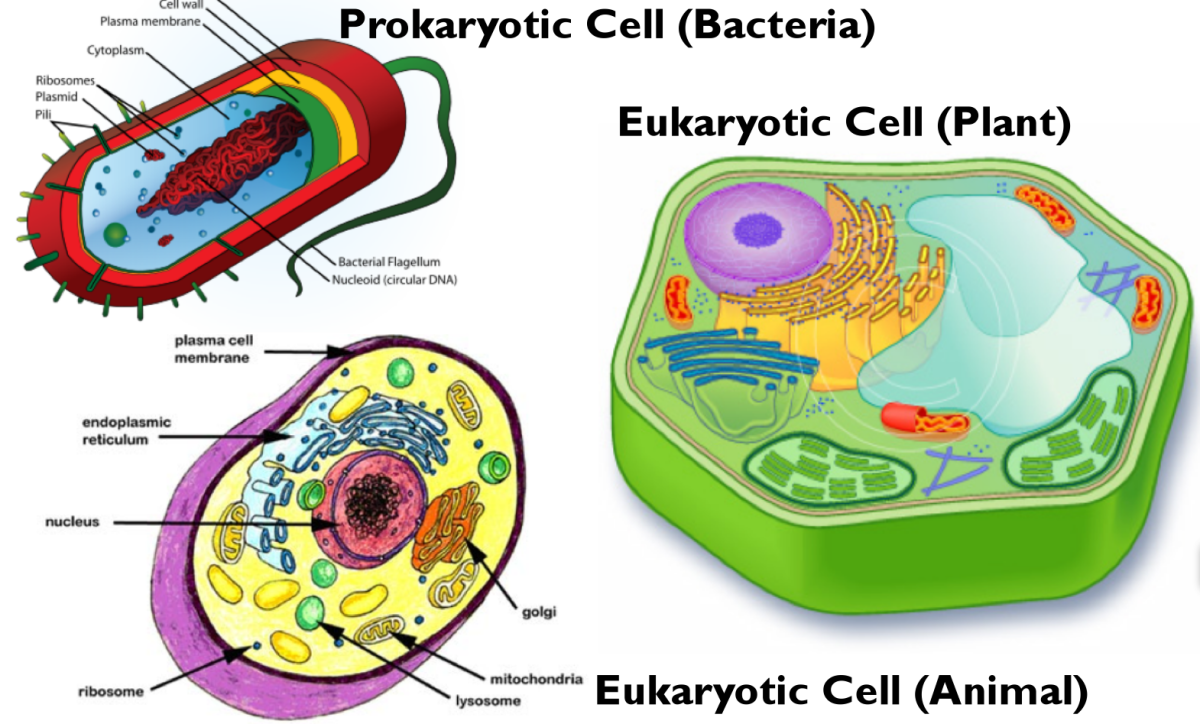
Biology 101 Cells Owlcation
This is a self-checking drag and drop venn diagram to compare and contrast prokaryotic and eukaryotic cells. This activity is best used as practice after learning about the characteristics of prokaryotes and eukaryotes. There is also a reflection slide for students to assess their level of understanding. Subjects:

Eukaryotic And Prokaryotic Cells Diagram
DNA is the genetic material of the cell. Ribosomes are molecular machines that synthesize proteins. Despite these similarities, prokaryotes and eukaryotes differ in a number of important ways. A prokaryote is a simple, single-celled organism that lacks a nucleus and membrane-bound organelles.
12 Best Images of Prokaryotic Vs Eukaryotic Cells Worksheet
Has DNA Has a nucleoid (condensed circular DNA) Can have a cell wall Unicellular Multicellular Has linear DNA in a nucleus Membrane-bound organelles Larger (10-100 um) Smaller (1-5 um) Eukaryotic No membrane Cells bound organelles

Prokaryotic Cell And Eukaryotic Cell
AboutTranscript. Eukaryotic cells contain membrane-bound organelles (such as the nucleus and mitochondria), while prokaryotic cells do not. DNA in eukaryotic cells is found inside the nucleus, while DNA in prokaryotic cells is located in the cytoplasm. Eukaryotic cells are generally larger and more complex than prokaryotic cells.
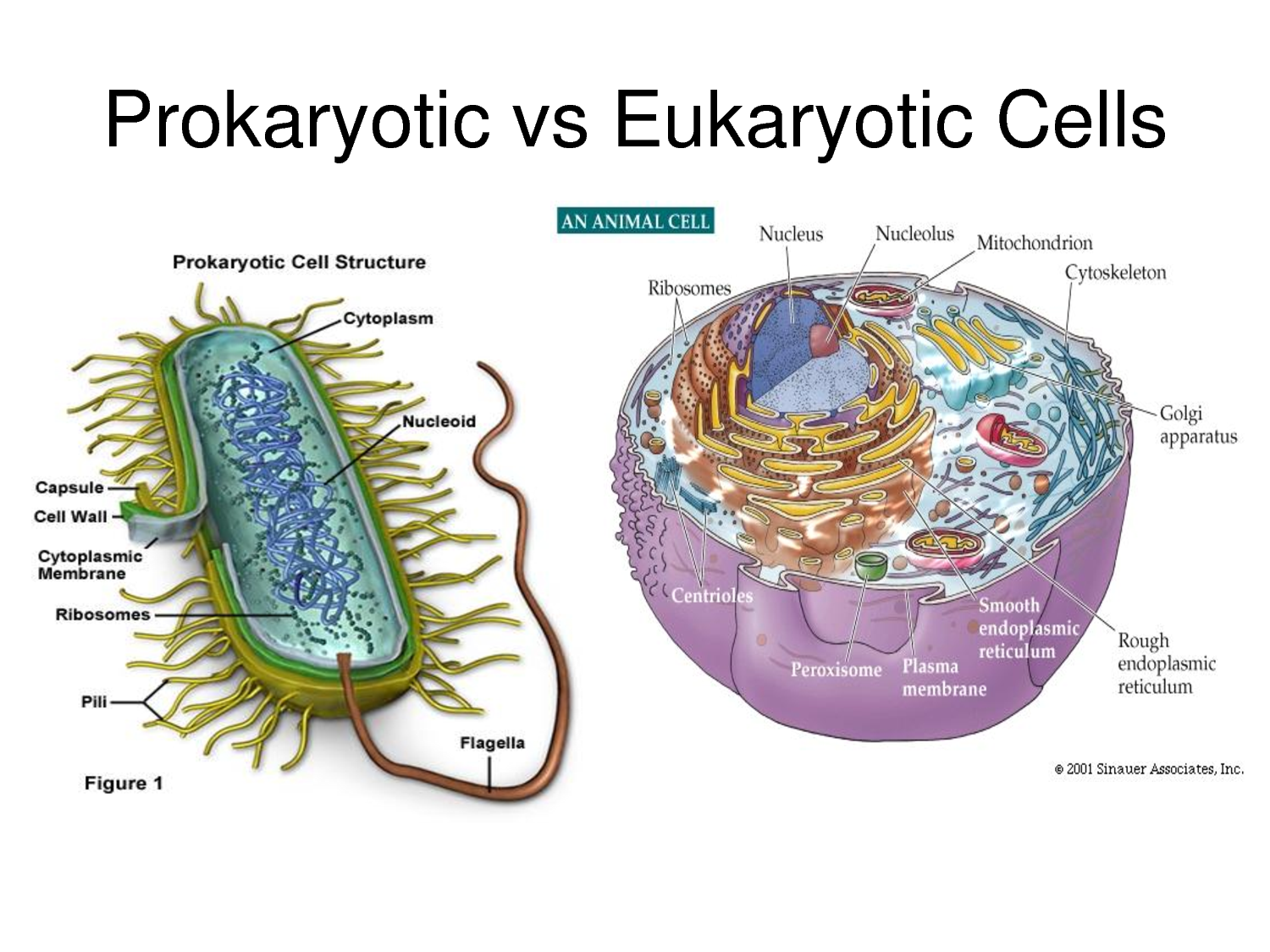
Differences between Prokaryotes and Eukaryotes. biochemanics
Prokaryotic and eukaryotic cells are the two main categories of cells present in living beings. For millions of years, prokaryotes were the only form of life on Earth. It is believed that Eukaryotic cells evolved from prokaryotes.

Differences Between Prokaryotic Cell and Eukaryotic Cell BYJU’S
A. The prokaryotic cells have a nucleus, while the eukaryotic cells do not. The prokaryotic cells have cytoplasm, and eukaryotic cells do not. B. The prokaryotic cells have cytoplasm, and eukaryotic cells do not. The prokaryotic cells are much smaller than the eukaryotic cells. C. The prokaryotic cells are much smaller than the eukaryotic cells.